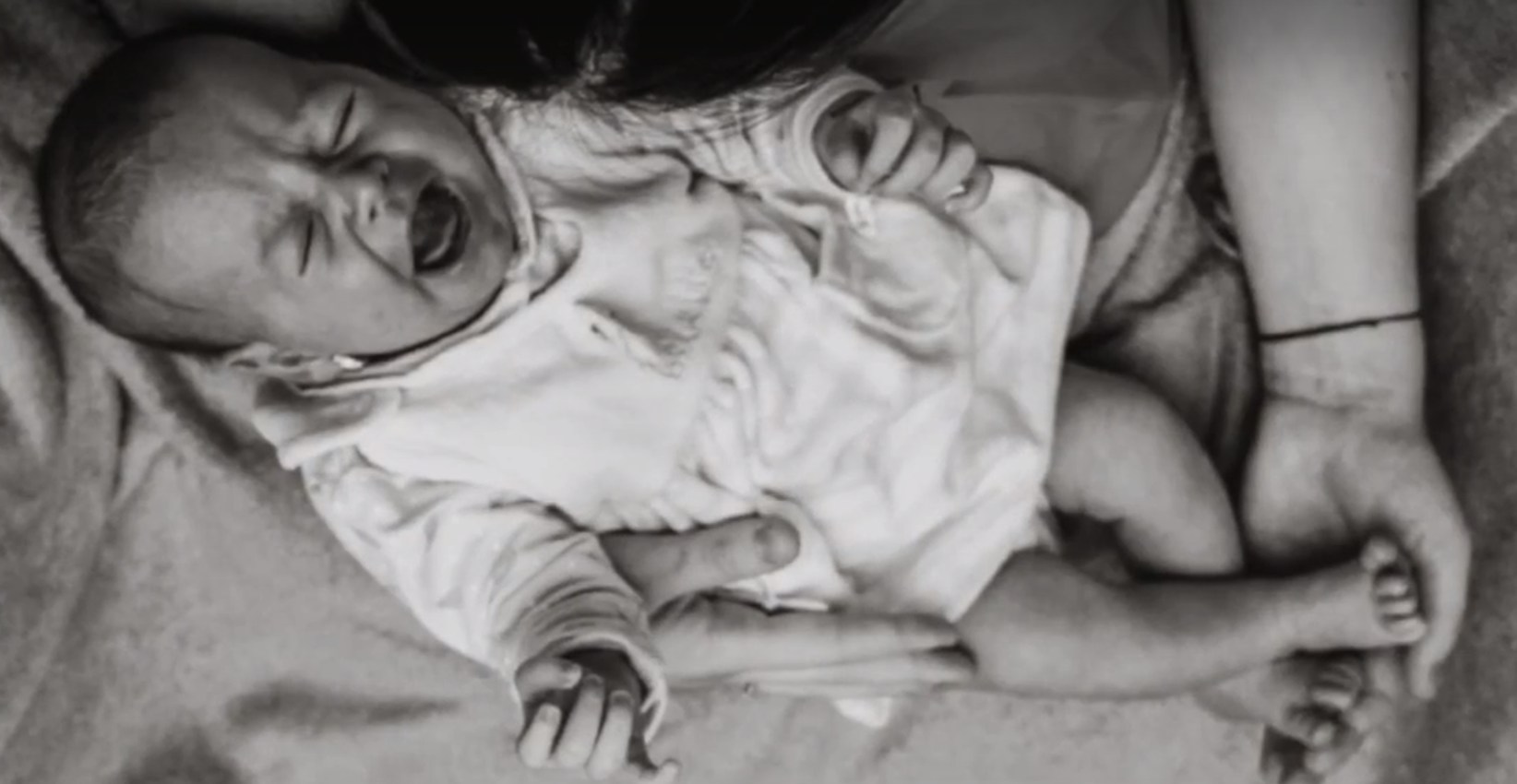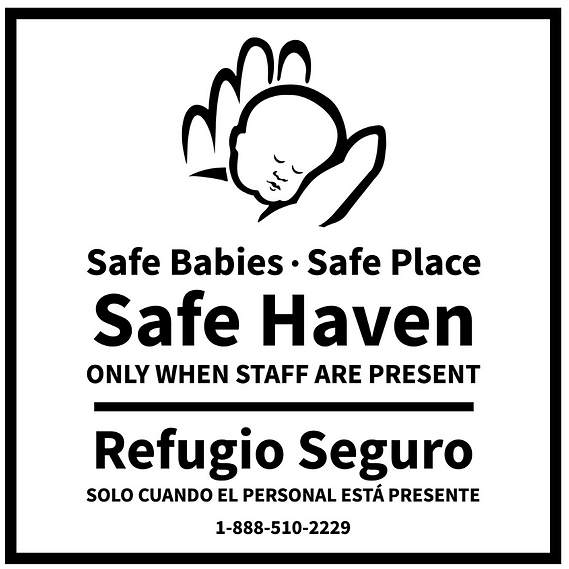
Alexis Alvia, the 18-year-old woman, who threw her newborn into a dumpster in Hobbs on January 7 told police investigators that she “panicked, not knowing what to do or who to call”.
But what about New Mexico’s “Safe Haven for Infants” law? The law allows a parent to leave a newborn for up to 90 days after birth at a “safe haven” site without prosecution. A January 12 press release from the New Mexico Department of Health (NMDOH) states, “Designated safe haven sites include hospitals, law enforcement agencies, or fire stations that have staff on site at the time an infant is left.”
In the same press release NMDOH Acting Secretary Dr. David Scrase said, “This rarely used but critical law saves lives. Increasing awareness about what can be done safely and without prosecution offers a desperately needed alternative for parents who are unable to care for their infants, including giving them up for adoption.”
Safe Haven Laws in All 50 States
Sometimes called “Baby Moses” laws, “Safe Haven” legislation is nothing new. Such laws have been on the books in all 50 states, the District of Columbia and Puerto Rico since 2008. According to the Centers for Disease Control (CDC), “the highest risk for infant homicide is on the day of birth….”
CDC statistics show that “Safe Haven” laws work. In 1989 — 1998 the “infant homicide rate” was “222.2 per 100,000 person-years”. From 2008 — 2017 this rate declined by 66.7% to 74.0 per 100,000 person-years. The caveat is that the infant homicide rate “remains at least 5.4 times higher than the rate at any other time in life”.
New Mexico’s Safe Haven Law
New Mexico passed its “Safe Haven” law in 2013, while its neighbor Texas came on board more than a decade earlier, passing its legislation in 1999.
Education and Awareness
Education and awareness, of course, are key to the success of “Safe Haven” laws. After the recent incident in Hobbs, Acting Police Chief August Fons said, “We do plan on in the future putting more information out about that [Safe Haven] program….” However, the Lea County Tribune has not to date received information about the specifics of the “plan”.
Founder of A Safe Haven for Newborns Nick Silverio says at the organization’s website, “The Safe Haven laws provide a compassionate, safe and legal alternative to infant abandonment.”
Silverio suggests that public awareness campaigns should reach out to “the community at large” and specifically target the at-risk population, those 14 – 22 years of age.
Things like distributing brochures and promotional materials, organizing booths at local fairs, placing signage on all 24/7 “Safe Haven” locations have proven effective.
According to the Safe Haven for Infants website, public service announcements, educational videos and speakers at local luncheons and events are, additionally, sources of education and awareness, as are “billboards, buses, bus benches and utilization of other mass transportation promotions”.
Nationally, the National Safe Haven Alliance provides a 24/7 Crisis Hotline. Those in need can call or text 1-888-510-BABY (2229) or simply dial 211 to find local “Safe Haven” sites.

Safe Haven Baby Boxes
Although Safe Haven baby boxes are at the moment only installed in the states of Arkansas, Florida, Indiana, Kentucky and Ohio, these boxes are proving more effective than Safe Haven drop off sites (hospitals, police and fire stations).
Monica Kelsey, designer of the life-saving Safe Haven baby box, says that Safe Haven sites work 50 to 70 percent of the time. However, the percentage of success is much higher with Safe Haven boxes. Kelsey equates this factor to the complete anonymity that the box offers, “safe surrender without persecution”.
Once a baby is placed in a box, the box automatically locks and first responders and/or medical staff are immediately notified.
“There were no cameras or anyone I had to justify my decision to. I also didn’t want them talking me out of a decision [that] I had taken so long to make. I also had time to say ‘good-bye, I love you and good-bye’,” said an anonymous Illinois teen mom after placing her newborn in a Safe Haven baby box.
“Right now babies are being placed in dumpsters that have no alarms. They have no heating elements, and that’s what women are choosing. We have to give them another option, another safe, legal option” says Kelsey.
What Area Residents Are Saying
Many Lea County residents have commented at the Hobbs Police Department Facebook page about Alvia’s actions on January 7. Most of these comments say nothing about the need for education and awareness.
Lulu Colston thinks differently. Colston writes, “If this tragedy does not yell for help with our youth in this county, I do not know what would!!! Instead of making this another page in the headlines and another youth becoming just another criminal, we should help and not just ridicule her….”
Lillian Guitterez Newman adds, “People who do not want their babies have safe options now. Fire stations, drop boxes….I get it that teens get confused and scared, but the options were there….I hope police stations all over this country will present the safe box campaign to high schoolers – that option is available without judgment.”


